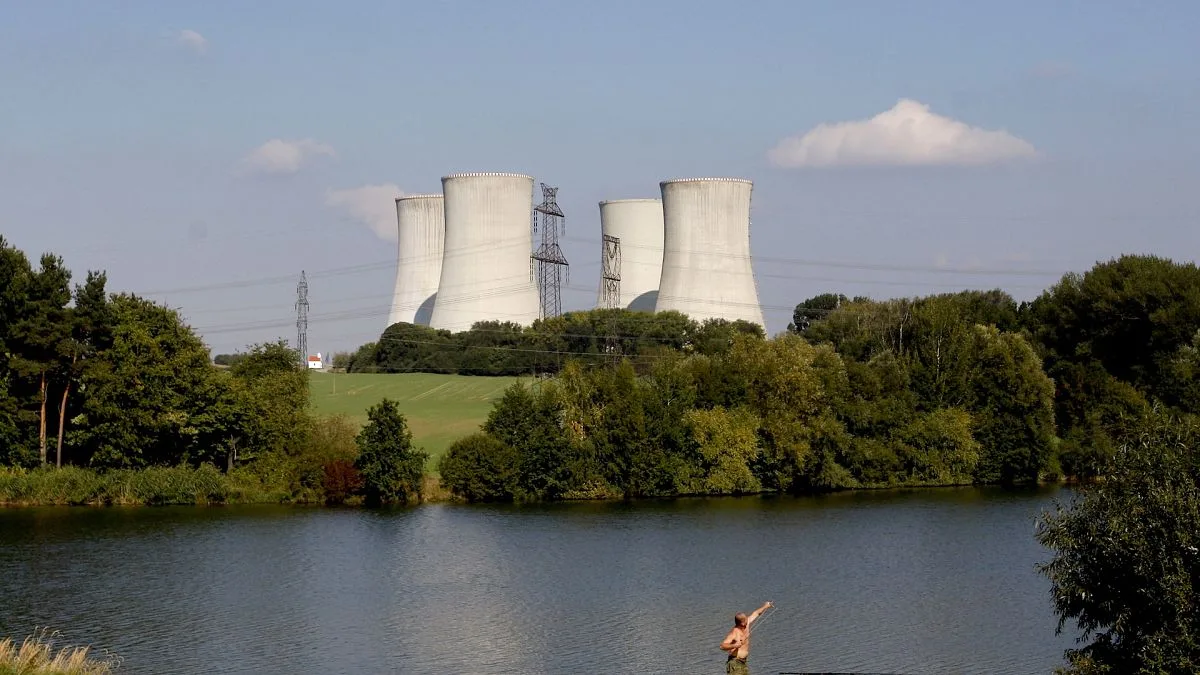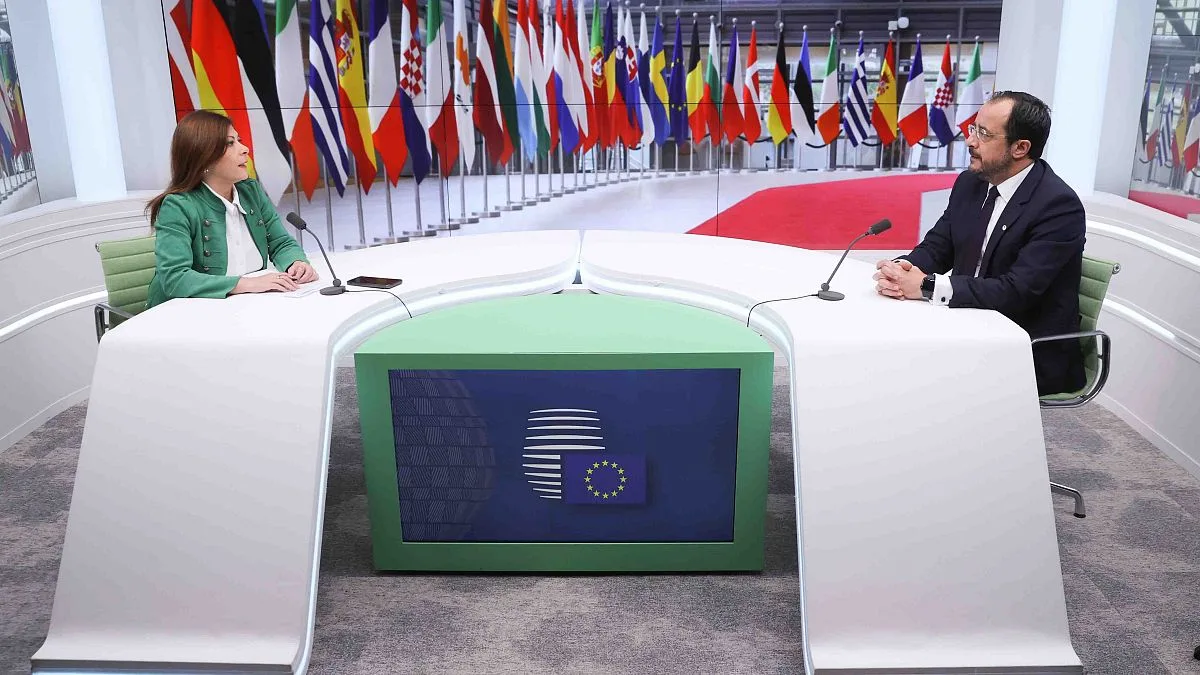The construction of new nuclear reactors in Europe faces significant economic hurdles, including soaring construction costs, substantial financial risks, and a pressing need for robust governmental backing. These challenges persist despite the vital role nuclear energy plays in promoting decarbonisation and enhancing energy security, according to insights from S&P Global Ratings.
The potential of nuclear power to bolster Europe’s decarbonisation and energy security efforts is evident, yet the financial and logistical difficulties associated with building new reactors remain daunting. According to a recent report by S&P Global Ratings, authored by Claire Mauduit-Le Clercq and Emmanuel Dubois-Pelerin, the high costs of construction, financial risks, and reliance on state support make nuclear projects a considerable undertaking for most utility providers across Europe.
High Costs and Risks of New Nuclear Projects
“European nuclear new builds are costly, risky, and require significant funding,” warns the report, which highlights the exorbitant expenses associated with modern nuclear construction. The overnight cost for new reactors built in Europe—excluding financing during construction—can exceed €10 million per megawatt. For instance, developing a pair of European Pressurised Reactors may necessitate an investment of up to €50 billion, a figure that exceeds the financial capacity of the majority of European utilities, aside from EDF.
To put this in perspective, the cost of constructing new nuclear facilities in Europe is approximately five times that of the largest offshore wind farm project undertaken in the Organisation for Economic Co-operation and Development (OECD), as stated in the report. This financial strain is illustrated by EDF’s experience with two large-scale projects, Hinkley Point C in the UK and Flamanville in France, where cost overruns and delays led to a decline in EDF’s credit rating and highlighted the “increased execution and contingency risks” tied to nuclear developments.
The high capital expenditure associated with nuclear construction often strains corporate balance sheets for European utilities, necessitating long-term revenue guarantees to ensure financial viability, as emphasized by S&P Global.
Nuclear’s Strategic Role in Europe’s Energy Landscape
Despite the financial burdens, nuclear energy offers significant advantages, especially amidst Europe’s energy crisis that followed Russia’s invasion of Ukraine. The European Union’s prior dependency on Russian gas has shifted towards a more stable and diverse supplier base for uranium, mitigating geopolitical vulnerabilities. Additionally, nuclear plants provide firm, low-carbon electricity, crucial for balancing the intermittency of renewable sources like wind and solar power.
Currently, nuclear power accounts for approximately 20% of the EU’s electricity generation and 15% of its firm capacity. The report notes that “new build projects are essential for maintaining the share of nuclear energy at around 20% in the power mix while complementing the expanding role of renewables.” The European Parliament’s designation of nuclear energy as “green” under the EU Taxonomy for sustainable activities enhances its investment appeal, facilitating access to sustainable financing.
Aging Nuclear Infrastructure and the Need for New Projects
With the average age of reactors in Europe now reaching 40 years, many are slated for decommissioning by 2040. Timely replacement of these reactors is critical to avert shortages in electricity supply, especially as energy demand continues to grow. The rising electrification of industries and the increasing power demands of data centers—estimated to boost grid demand by 10–15 terawatt-hours annually—underscore the urgency for stable and decarbonized electricity sources like nuclear energy.
Challenges and Innovations in Nuclear Financing
The overwhelming costs associated with nuclear construction necessitate strong governmental involvement. Currently, no European utility can embark on such ambitious projects without government-backed financial mechanisms, the report highlights, adding that “all proposed funding mechanisms for nuclear new builds include substantial taxpayer or consumer support.”
These support mechanisms range from subsidized state loans and regulated asset base (RAB) models to contracts for difference (CfDs), all designed to spread costs and mitigate financial risks. Various examples of government-supported nuclear initiatives are already in progress. In the Czech Republic, for instance, the government collaborates with Korea’s KHNP to develop new reactors, including Dukovany 5, with financing assistance from state mechanisms. Poland also has a significant plan for up to six reactors, underpinned by state loans and intergovernmental support, to enhance its energy independence and decarbonisation initiatives. Additionally, Slovakia recently saw the operation of Mochovce 3, a new reactor that boosts its nuclear capacity.
In France, EDF aims to commission between six and 14 new reactors, boasting a capacity of 10–24 gigawatts, starting in the late 2030s. However, the absence of finalized investment decisions and unclear financing plans highlights the challenges that lie ahead.
The report cautions that even innovative financing models may not ease the substantial financial burden associated with nuclear projects.
Recommissioning Closed Reactors: A Potential Solution?
The report suggests that refurbishing recently closed reactors might provide a quicker and more cost-effective alternative to constructing new ones. This strategy is currently being considered in Belgium, as noted in a recent study by system operator Elia covering the period from 2036 to 2050, as well as in Spain. However, recommissioning efforts confront significant political and regulatory obstacles in countries like Germany, where there is strong public and governmental opposition.
Conclusion: What Lies Ahead for Nuclear Energy in Europe?
The insights from S&P Global illustrate the complexity surrounding nuclear power’s role as both a critical solution to Europe’s energy challenges and a demanding undertaking that strains the capabilities of utilities and governments. The daunting costs, lengthy timelines, and reliance on government support present formidable barriers to new projects, particularly as aging reactors necessitate urgent replacement.
While recommissioning old plants presents a viable alternative, political hurdles persist. Countries such as France and Poland are advancing their plans, yet delays in final investment decisions unveil the challenging road ahead. The future of nuclear energy in Europe hinges on innovative funding solutions and strong state support to reconcile the financial challenges with its essential role in the energy transition.
Photo credit & article inspired by: Euronews



